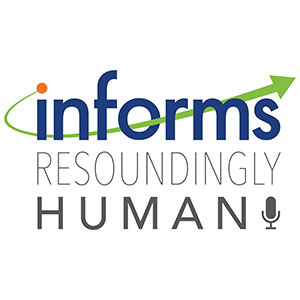
Mo' data, mo' problems: Information systems wrestle with corporate knowledge loss
As businesses explore new ways to make their data more accessible and prevent data loss, Linda Argote, INFORMS Fellow and professor at Carnegie Mellow University's Tepper School of Business, discusses how information management systems can help employees access data, especially in the wake of older, seasoned employees leaving a company.












